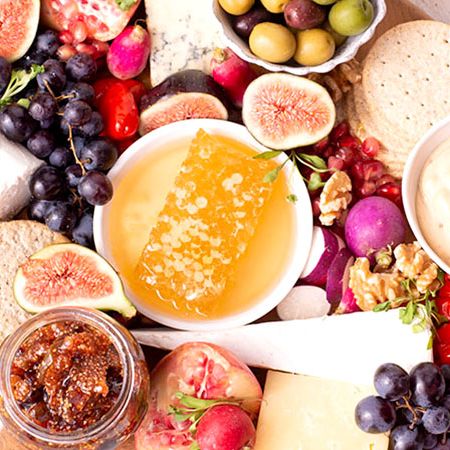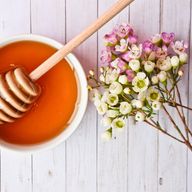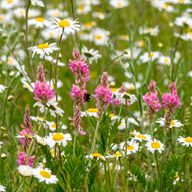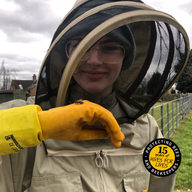
Whether it’s the mild and fruity notes of Acacia, or the bold and earthy characteristics of Greek, honey is surely one of the finest and most delicious foods on the planet. Its many uses makes it a staple ingredient in any kitchen and a loving gift for budding chefs.
This delightfully moreish substance is the lifetime work of the iconic honey bee, which spends its time performing suitably iconic tasks like pollinating 90% of the world’s plants and 30% of its food crops. In fact, so essential are honey bees to our lives that we have made it our mission to protect them through our Hives for Lives programme.
But did you know that honey is just one of MANY different products our buzzing little friends will make during their lifetime? Most of these can be shared and enjoyed by humans. They also make for a truly unique gift for a loved one this Christmas, or an indulgent treat to pamper yourself with during the cold winter months.
If you’re on the lookout for that something special this festive season, or perhaps you’re looking to try something new and fun at home, here are a few alternative suggestions on how to create something un-bee-lievably magical with natural bee products.

Beeswax candles
Beeswax is a natural substance made by honey bees which forms the structure of the honeycomb inside the hive – the place where our miniature heroes store all their deliciously oozy honey. Excess beeswax can be harvested by bee farmers and used in all sorts of creative ways, including these gorgeous beeswax candles. Nature never smelled so good!
For ultimate hygge vibes, why not buy a few beeswax sheets and some natural hemp or cotton wick and make your own? It’s a fun activity to do by yourself or with the little ones. Roll-your-own beeswax candle kits are relatively inexpensive and incredibly easy to make, and the end result is a beautiful candle that can be the centerpiece of your festive decorations. Just look at that honeycomb pattern!
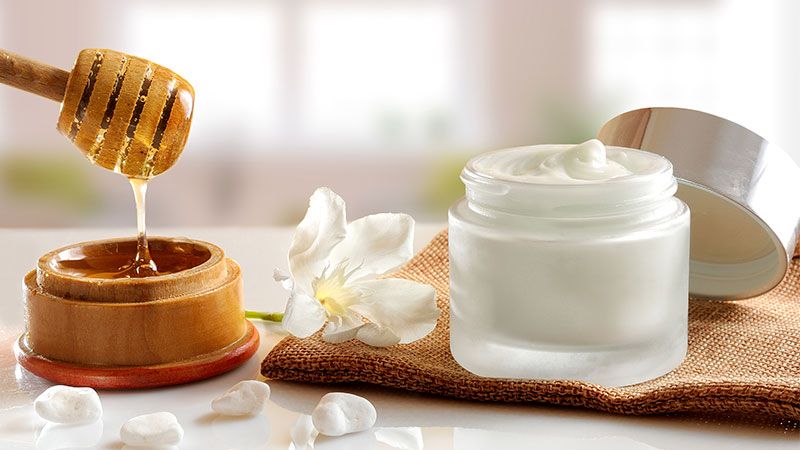
Natural honey facemask
Honey isn’t just a delicious treat to be eaten. It can also be used as a natural ingredient in many homemade beauty products.
Is your skin feeling dry from the cold winter winds? If so, homemade honey facemasks are a great way to hydrate and invigorate the skin, leaving you glowing and feeling your best. Why not throw a Zoom pamper party and invite all your friends to make their own masks?
Keep it simple and use one of our 100% authentic manuka honeys, or mix one tbsp of manuka honey to 2 tbsp of plain yogurt yoghurt or 1/2 a ripe avocado for an even more luxurious result.
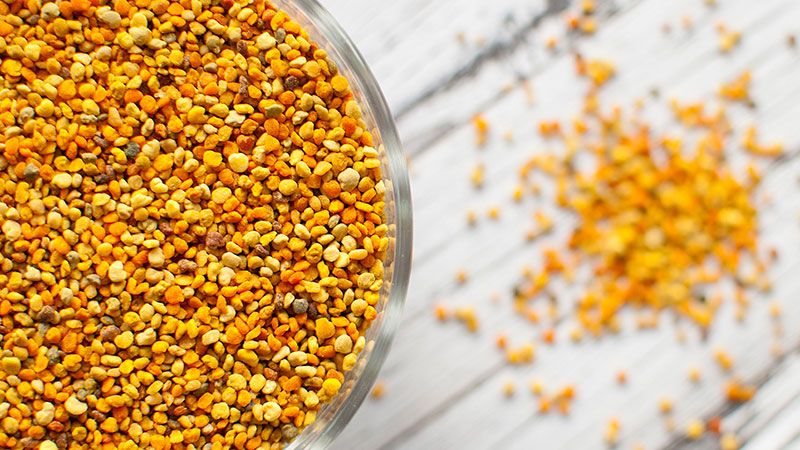
Bee pollen bakes
Bee pollen is small pellet of flower pollen foraged and packed by worker honey bees, and used as the primary protein source for the hive. Excess pollen can be gathered by bee farmers and makes a delicious addition to any kitchen cupboard, perfect for baking one of our cake and bread recipes. Most health stores stock it and you can also buy it online.
Adding a small amount of bee pollen to your tasty treats will give it an extra boost of protein – an important part of any healthy diet. It also looks bee-autiful scattered as a decoration on top of cakes thanks to the brilliant orange colour.
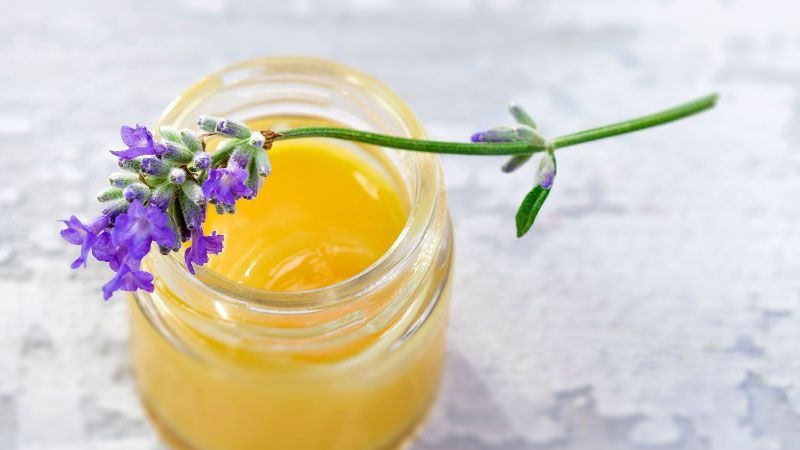
Royal jelly hand balm
Royal jelly is a gelatinous substance produced by honey bees to feed Her Royal Hive-ness, the queen bee, and her young. But did you know that excess royal jelly can also be used by humans as a dietary supplement or as a vitamin- and protein-packed ingredient in beauty products?
Royal jelly is easy to use in homemade beauty products – including hand balm and creams – giving your skin a much-needed boost throughout the cold winter months. All you have to do is add a few scoops to your chosen recipe and let it work wonders on your hands and nails. It’s so soothing, you’ll want to keep this little pot of magic with you at all times.
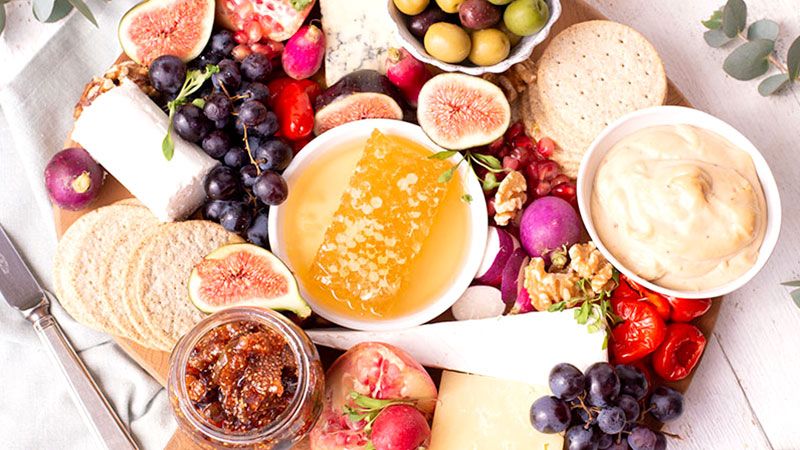
Honeycomb showstopper
So far, we’ve seen some delightful ways in which bee products can be used to create something extraordinary – all in the comfort of your own home. But these are just the tip of the honeycomb…
Which leads us onto our final suggestion: showstopping honeycomb (the natural, waxy variety, not the kind you find inside a Crunchie bar!). You might not have thought it, but real wax honeycomb is actually perfectly safe to eat. The soft-texture wax turns any dish into a feast for the eyes. Why not try cutting it up into little chunks and sprinkling over a salad or pancakes?
You can find honeycombs in select store bought honey – like our sensationally delicate and fruity cut comb in acacia. Use as part of a cheeseboard for an utterly indulgent showstopper. This recipe for a celebration cheeseboard with Rowse cut comb honey will leave your guests speechless, despite the minimal time and effort it requires (they’ll never know!).
Honey bees really are a gift of nature, and without our miniature heroes, life wouldn’t be so sweet. That’s why it’s so important they we look after them as they do us. The UK has an amazing network of 465 bee farmers, and through our world class apprenticeship scheme with the Bee Farmers Association (BFA), we’ve upskilled a further 30 young people so far, with more budding apiarists inspired to join the hive.
This partnership, alongside our partnerships with Bees For Development (BFD) and the Laboratory of Apiculture and Social Insects (LASI) at the University of Sussex, form our Hives for Lives programme of vital initiatives, with the goal to help protect and save the incredible honey bees.
